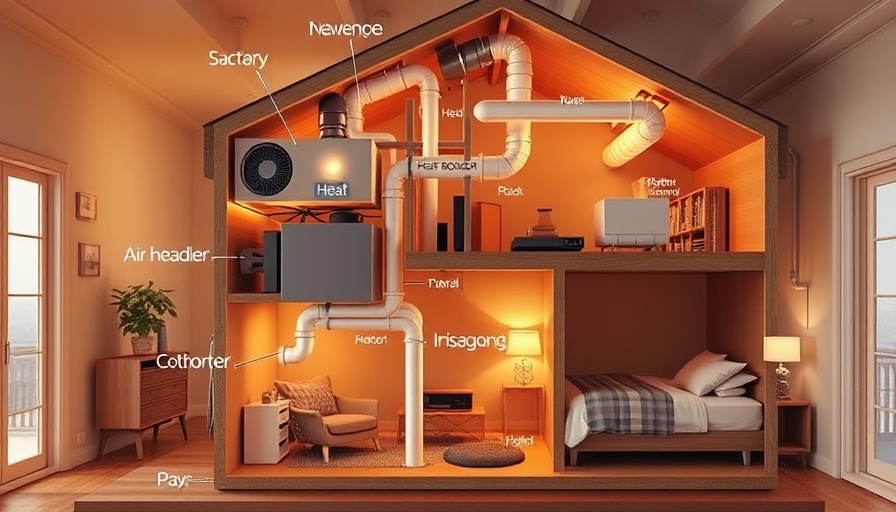
Understanding Radon and Its Hazards
Radon is a colorless, odorless gas that originates from the natural breakdown of uranium in soil, rock, and water. It is a significant concern for homeowners because prolonged exposure to radon can lead to serious health issues, including lung cancer. The Environmental Protection Agency (EPA) has classified radon as a known human carcinogen, making it crucial for homeowners to consider radon mitigation, especially in areas where radon levels are known to be high.
What is a Radon Mitigation System?
A radon mitigation system is designed to reduce radon levels in homes, preventing the gas from accumulating in enclosed spaces. Typically, these systems consist of a vent pipe and fan that work together to draw radon from beneath the home and expel it outdoors. Effective mitigation systems are essential for safeguarding public health and contribute to better indoor air quality.
Connecting Radon Mitigation Systems to Weeping Tiles
Many homeowners wonder if their radon mitigation system can be connected to existing weeping tiles. Weeping tiles are perforated pipes placed around the foundation of a home, allowing for the drainage of groundwater. In some instances, a radon mitigation system can be integrated with weeping tile systems, allowing for effective radon removal combined with efficient water management.
Advantages of Integrating Systems
Integrating a radon mitigation system with weeping tiles can provide several benefits:
- Enhanced Efficiency: By leveraging existing drainage systems, radon mitigation becomes more efficient as the gas is pulled directly from the soil through an established pathway.
- Cost Savings: Utilizing existing infrastructure means homeowners may save on installation costs compared to completely separate systems.
- Comprehensive Protection: This integration helps manage both radon levels and groundwater, ensuring that homes are protected from both air and water-related hazards.
Potential Challenges and Considerations
While integrating radon systems with weeping tiles can be effective, homeowners should be aware of certain challenges:
- Proper Design: A radon system's design needs to consider the specifics of the weeping tile system to function effectively without compromising drainage capabilities.
- Installation Expertise: It’s vital to hire professionals who understand both radon mitigation techniques and drainage system configurations to avoid potential issues during installation.
- Maintenance Needs: Integrated systems may require regular maintenance to ensure both the radon mitigation and the drainage systems are functioning properly.
Future Directions in Radon Mitigation Technology
Innovation in radon mitigation continues to evolve. Future enhancements may include improved sensor technologies that monitor radon levels in real-time, allowing for more responsive safety measures. Additionally, advancements in ventilation technology can further optimize the removal of radon while maintaining energy efficiency in homes.
Conclusion: Why Understanding Radon Matters
As awareness of indoor air quality increases, understanding how to manage radon effectively is critical for homeowners. The integration of radon mitigation systems with weeping tile drainage presents an innovative approach to improving home safety. By leveraging existing systems, homeowners can enhance efficiency, reduce costs, and protect their families from the invisible hazards lurking beneath their homes. Keeping abreast of technological advancements in radon mitigation ensures that homes remain safe, healthy, and conducive to wellness.
 Add Row
Add Row  Add
Add 






Write A Comment